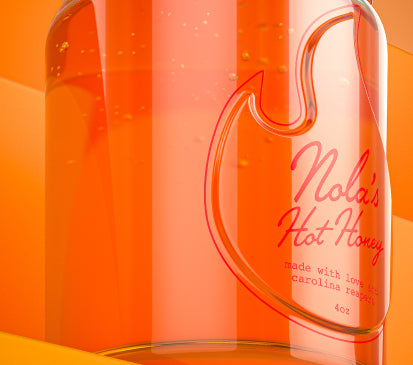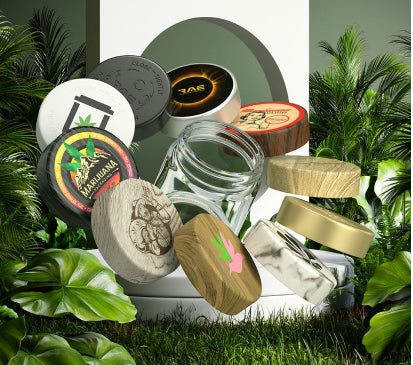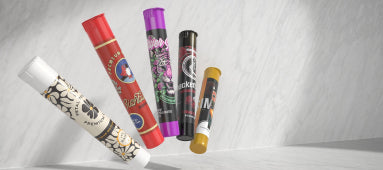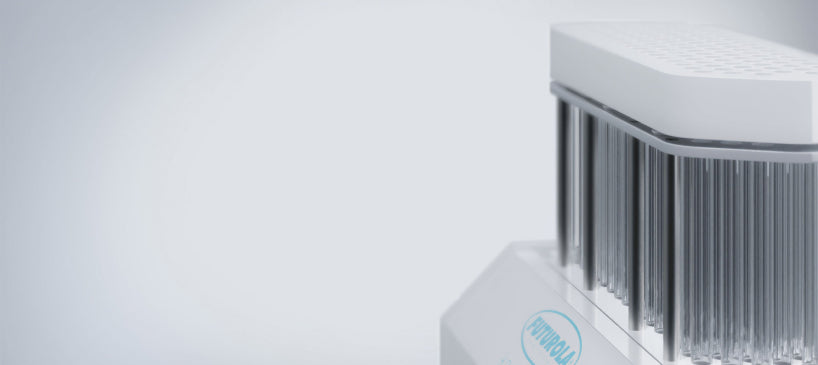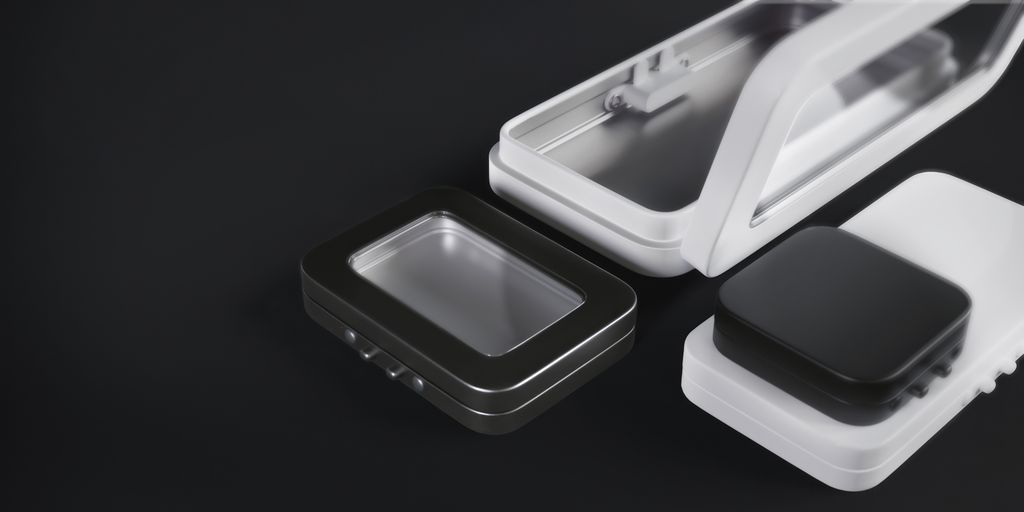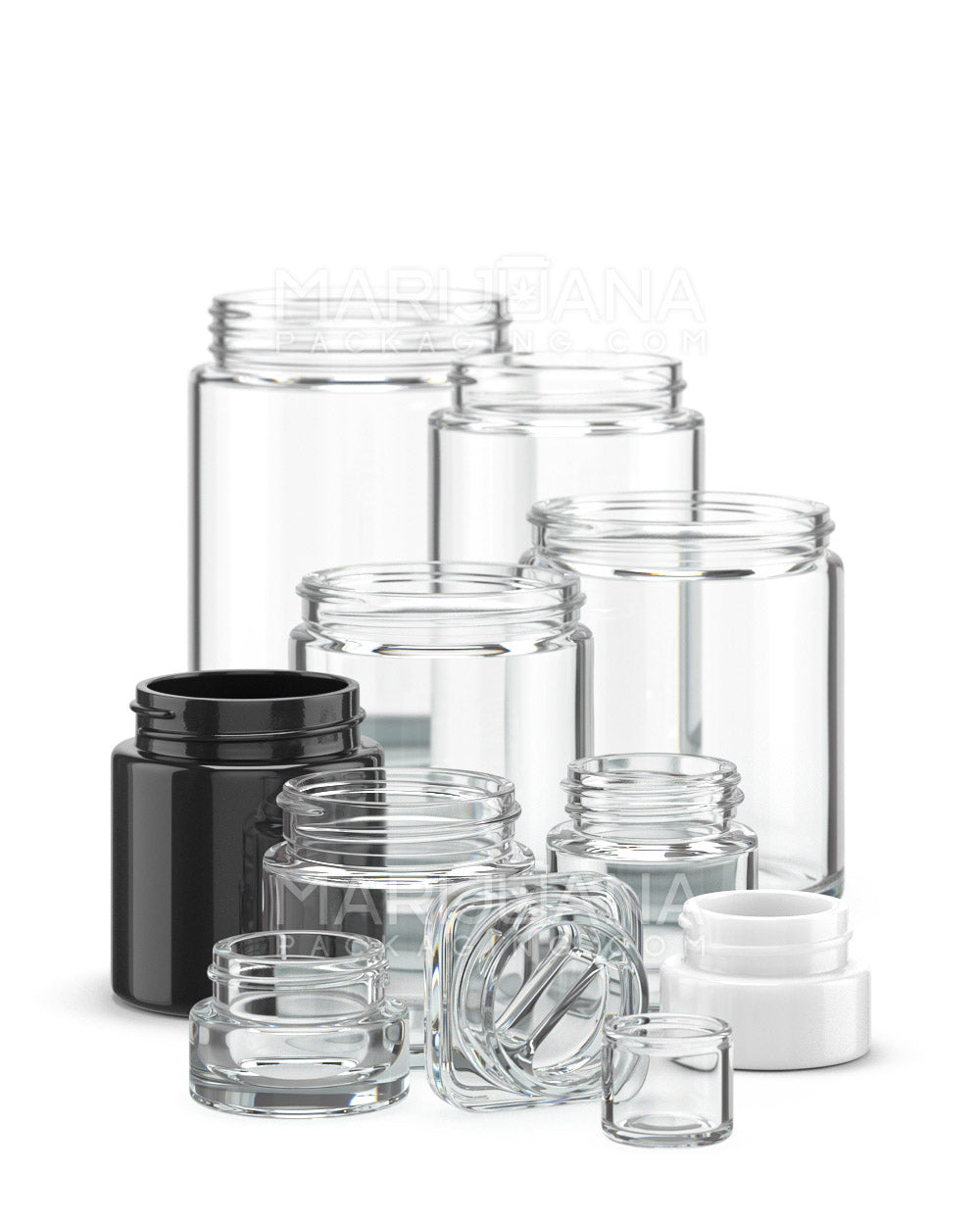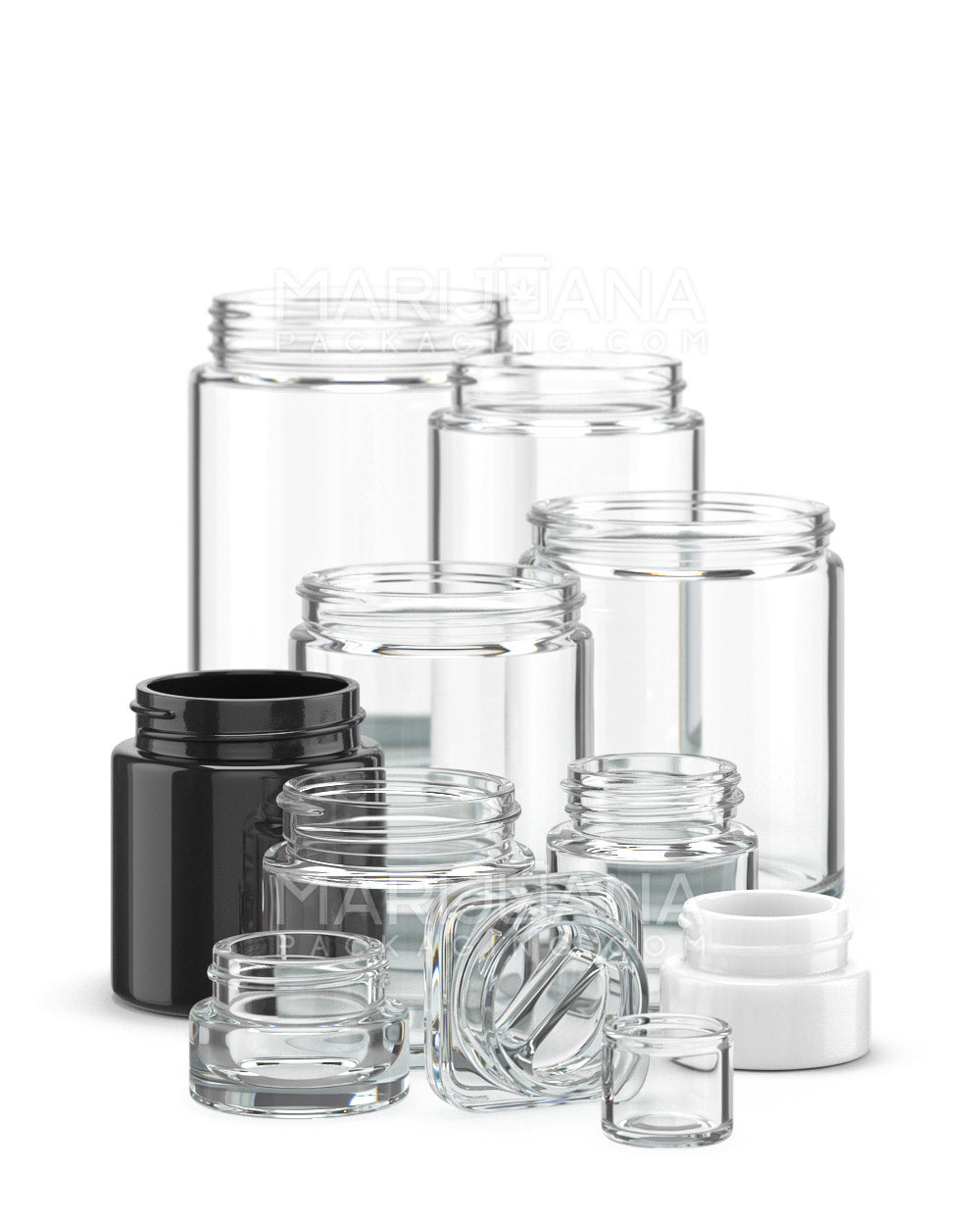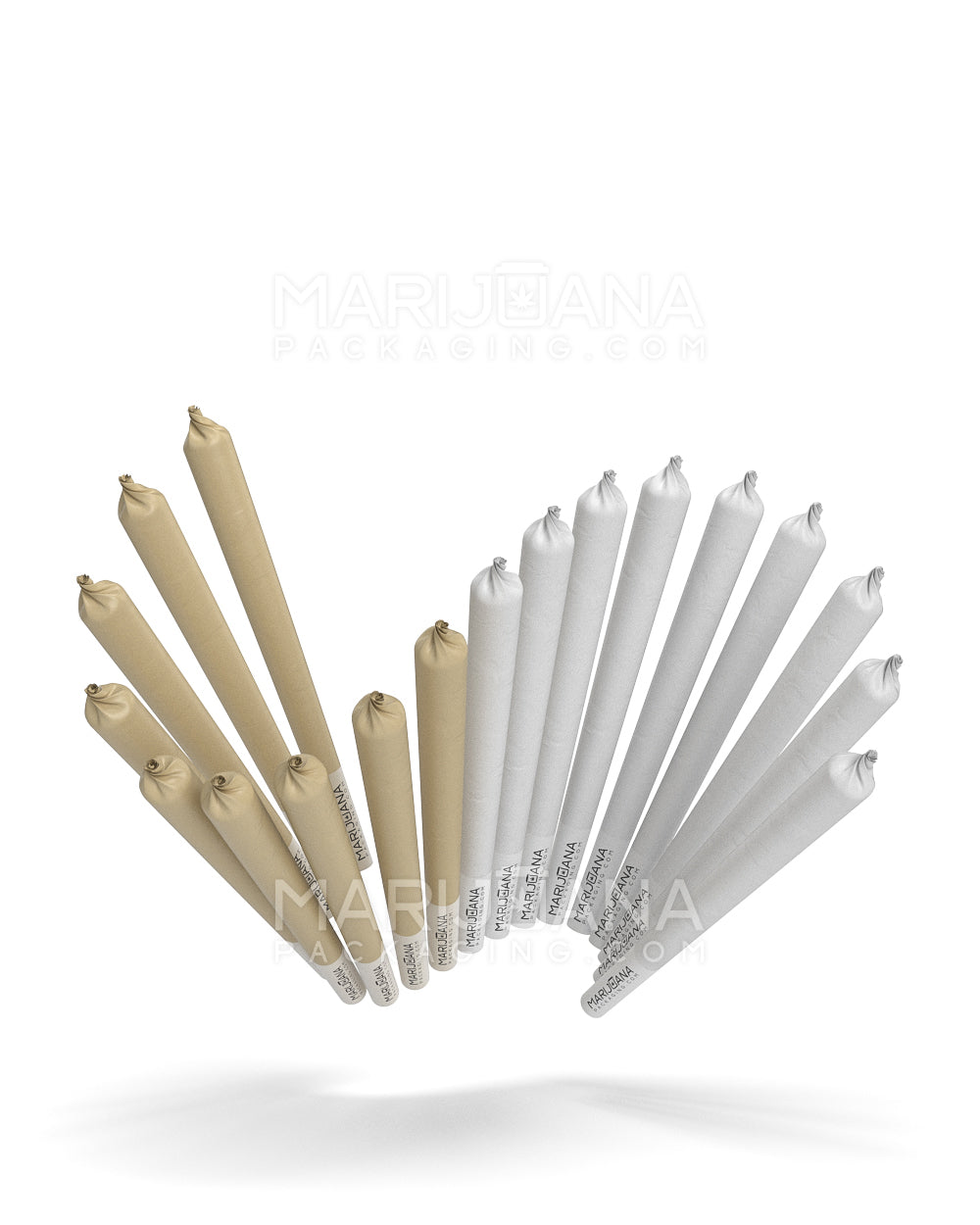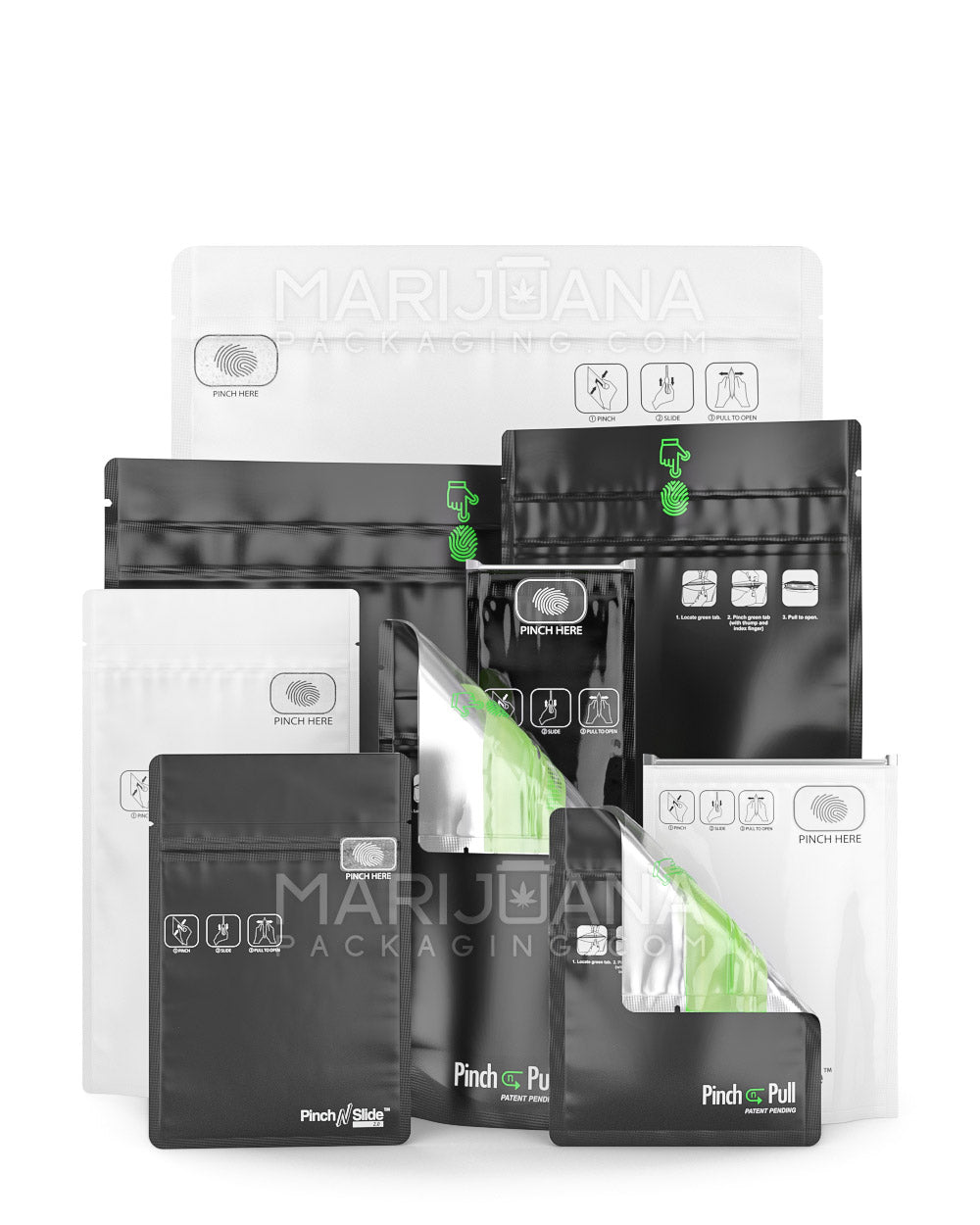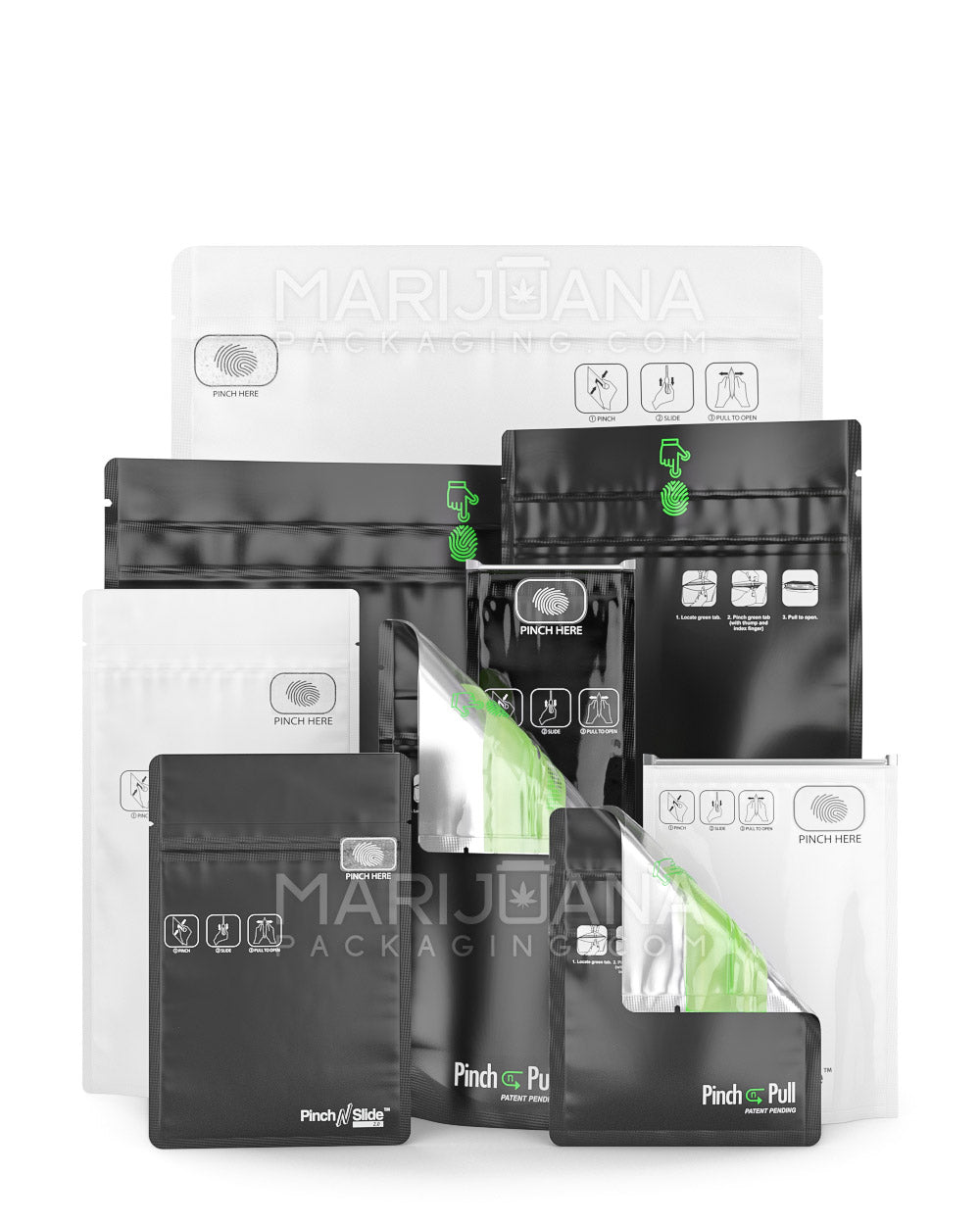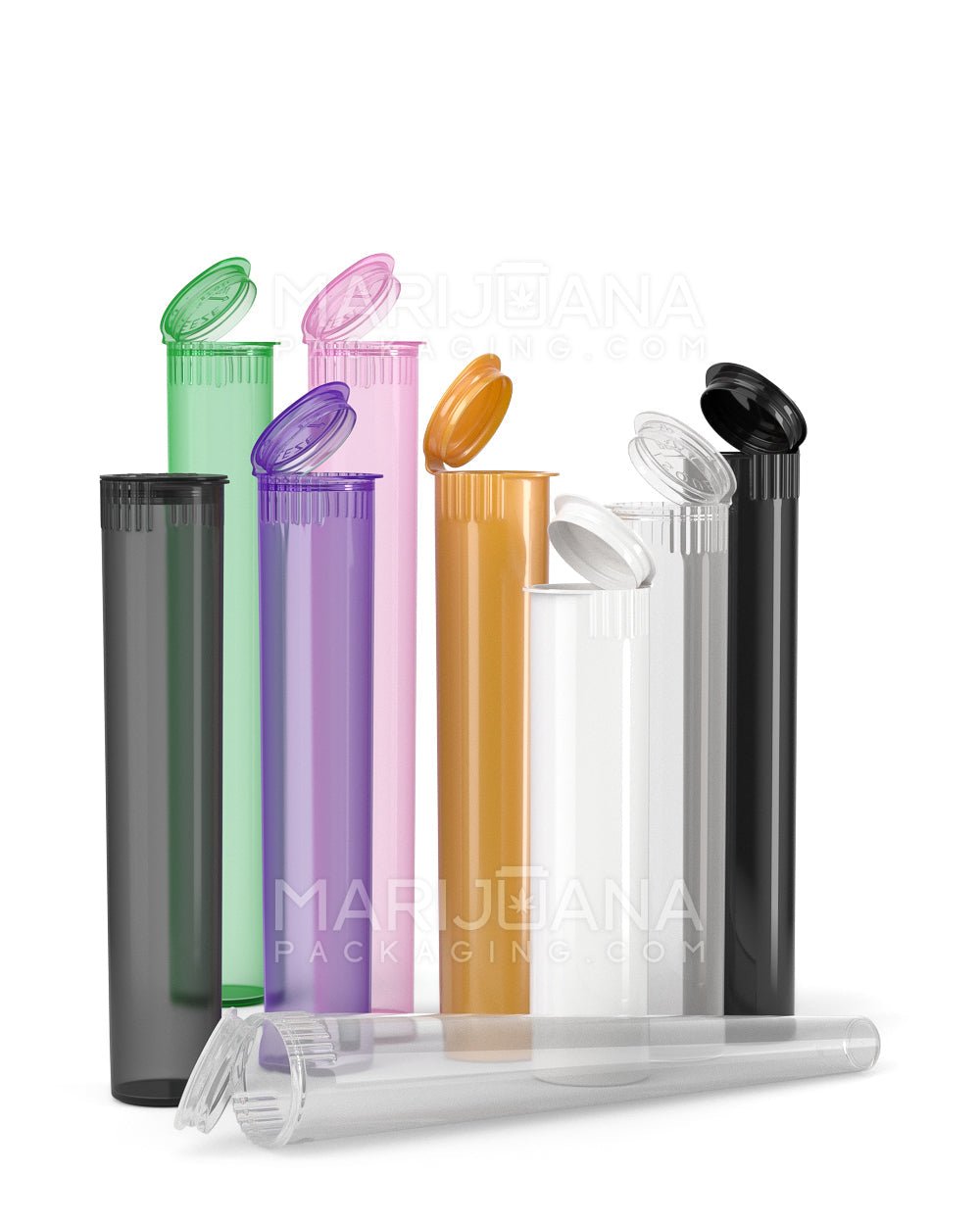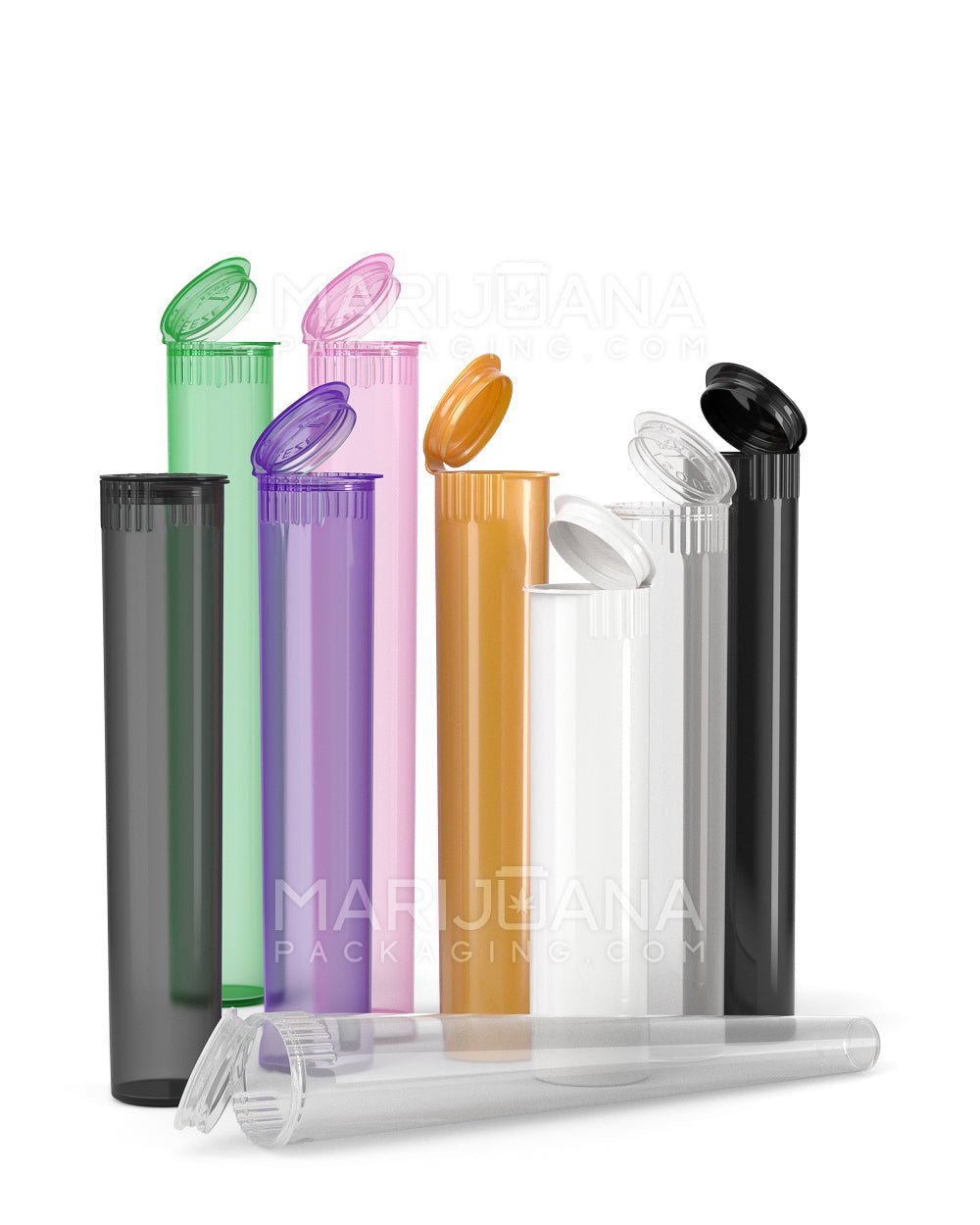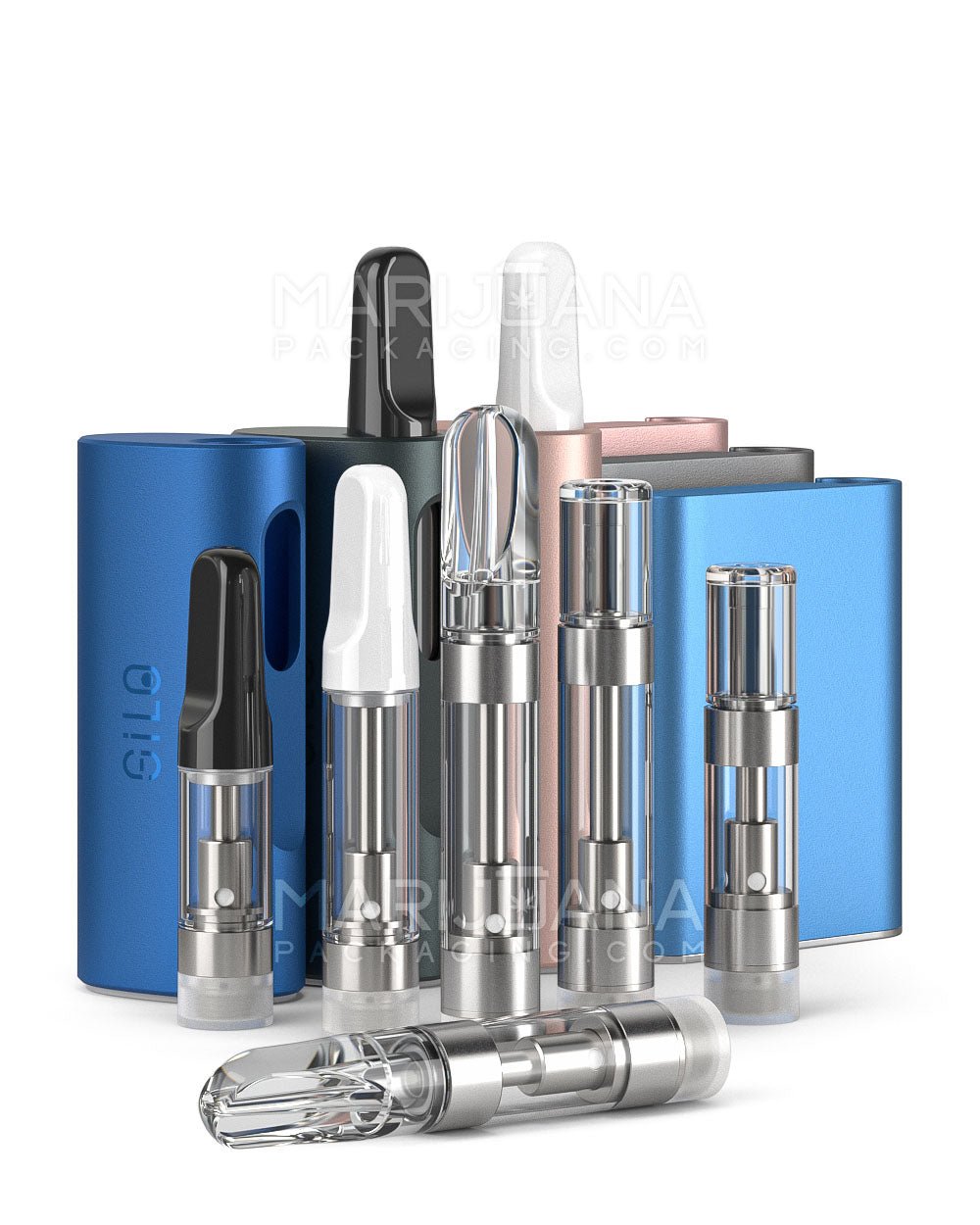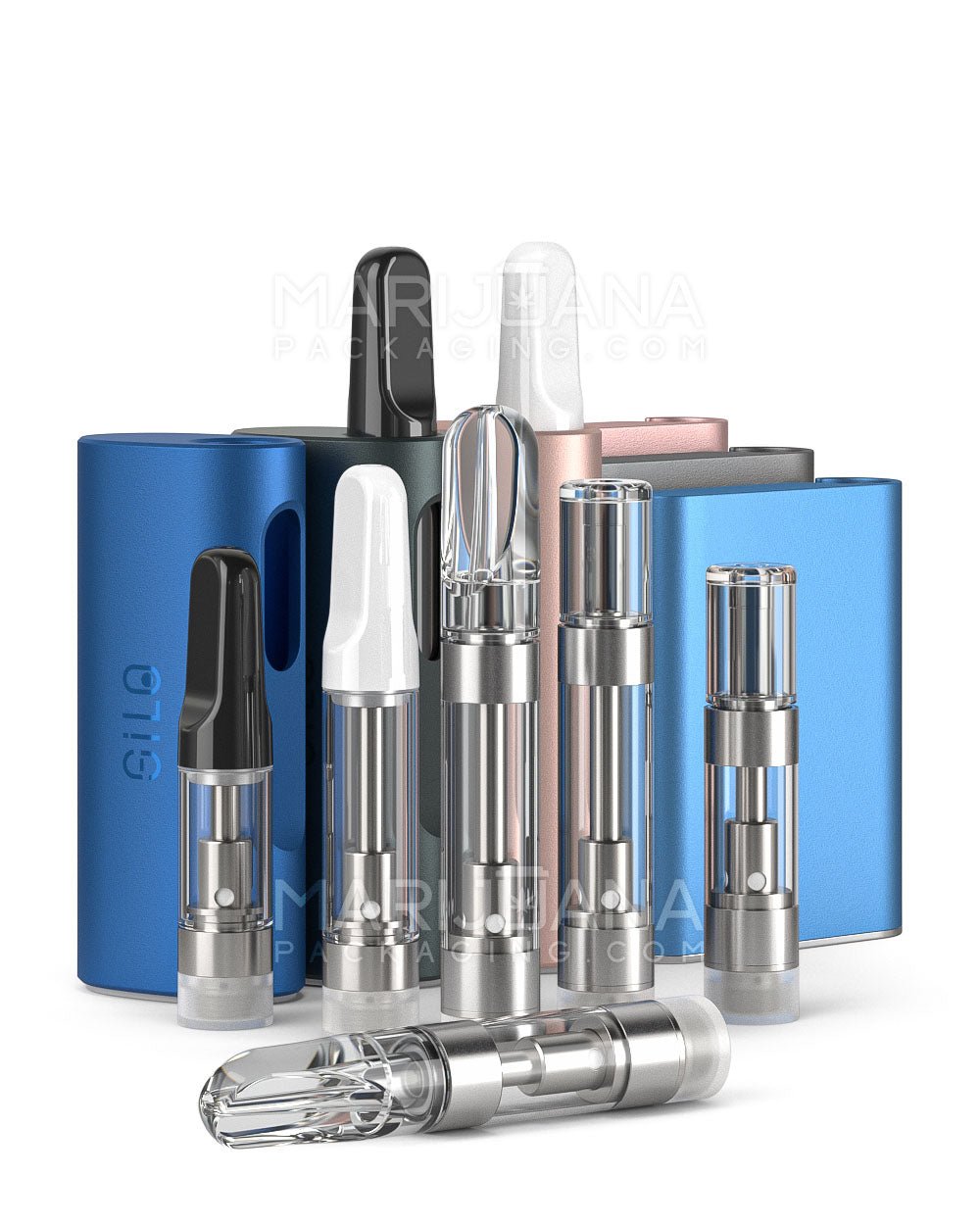The versatility of the cannabis plant produces many benefits, from the medicinal use of CBD for various ailments to the environmental benefits of harvesting hemp. Over the past few years, discoveries from scientists have shed light on the different ways cannabis can be used, especially for recreational or medicinal use.
Flower remains the most popular and common form of marijuana, but the market has broadened. Edibles, beverages, tinctures, and more are now on shelves, allowing even the most novice stoners to indulge in marijuana without combustion. However, plenty of seasoned smokers are now leaning into the world of concentrates. Extracts are running the cannabis industry because they are incredibly versatile and come in many forms. Some people consume concentrates through dab rigs, while others may use it to infuse butter and cooking oils. There’s an increased demand in consumers looking to find the appropriate equipment, like banger nails and carb caps, because of the popularity of concentrates, but it’s critical to understand the principles of creating concentrates before consuming. Before we move any further, let’s explore the difference between dabbing and extracts for those who wonder, ‘what is a concentrate?’
What Are Dabs?
Some of you might ask, “what are dabs made of?” If you’re looking into the specifics of consuming extracts, then the term dab or dabbing has popped up in your research. Dabs refer to the method of consuming extracts rather than the extract themselves. Dab pens or dab rigs vaporize shatter, budder, diamonds, etc. — most solvent-based extracts such as BHO, PHO (Butane or Propane Hash Oil), or Honey Hexane Oil. Dabs contain high forms of THC, which has played a role in their popularity. Typically, butane or propane is poured over the marijuana to extract the THC. The cannabinoid dissolves into the solvent and turns the product into a sticky, taffy-like substance with high THC levels. The stickiness often requires using non-stick parchment papers and specific packaging for concentrates. Unfortunately, the science behind making dabs doesn’t make it safe to create at home. So instead of trying to execute your research on how to make THC wax for dabbing, maybe leave this one up to the professionals.
What Are Extracts?
Let’s settle the debate between concentrate vs extract — they’re frequently described as the same, though that’s not entirely true. Extracts fall under the concentrates category, but not all concentrates are considered extracts. The critical difference between these two is the methods used to create extracts. Extracts are made mainly through a solvent-based process. Plant materials combine with a substance that can isolate cannabinoids. After removing the flower and plant materials from the cannabinoid-extracted solvent, the residual butane or propane used in the process will eventually dissolve. If not, there’s another chemical process to ensure the substance contains pure cannabinoids.
Types Of Extracts
Learning how to make concentrates is challenging because there are so many forms. Extracts, on the other hand, such as crumble, shatter, budder, and wax, are created through butane, typically. However, there are other variations through different substances that make other forms of extracts. Live resin, for example, uses frozen plants rather than dried flowers to produce a highly concentrated extract with potent smells and taste. Tinctures, which have been dominating the market recently, use alcohol to extract cannabinoids before they’re ready to be orally consumed.
Another way how to make cannabis extracts is with different solvents. ISO Hash comes from the extraction process of using isopropyl alcohol or ethanol. CO2 oils refer to the operation of extraction through a CO2 compressor. The average person at home can’t do these methods after briefly breezing through search engine results of “how to make weed concentrates.” Whether live resin, tinctures, or different shatter types, each requires professional equipment and experts to yield the best and safest results.
What Are Concentrates?
Everything that we previously mentioned falls under the category of concentrates. However, when you’re trying to figure out how are THC concentrates made, you’ll soon realize that a variety of concentrate types and methods fall under this category. Hash, for example, is a concentrate, along with budder, shatter, sauce, and other forms that you regularly see on dispensary shelves, usually in glass dab containers.
What Are Concentrates Made From?
What differentiates concentrates is the way they are created, mainly under two categories: solvent or solventless. THC extracts solvents, however, dive even more profoundly with either butane or carbon dioxide. The latter is created through high heat exposures for cannabis and gas, forming an extract that goes through the distillation process afterward. Distilled CO2 concentrates are what you see in most vape cartridges across dispensaries in America. Solventless extracts, like dry sift or ice water hash, are the most common forms that have withstood the test of time. Pressing sift can transform it into hash or rosin.
Whether solvent or solventless, using high-quality cannabis to produce concentrates will always have better results.
